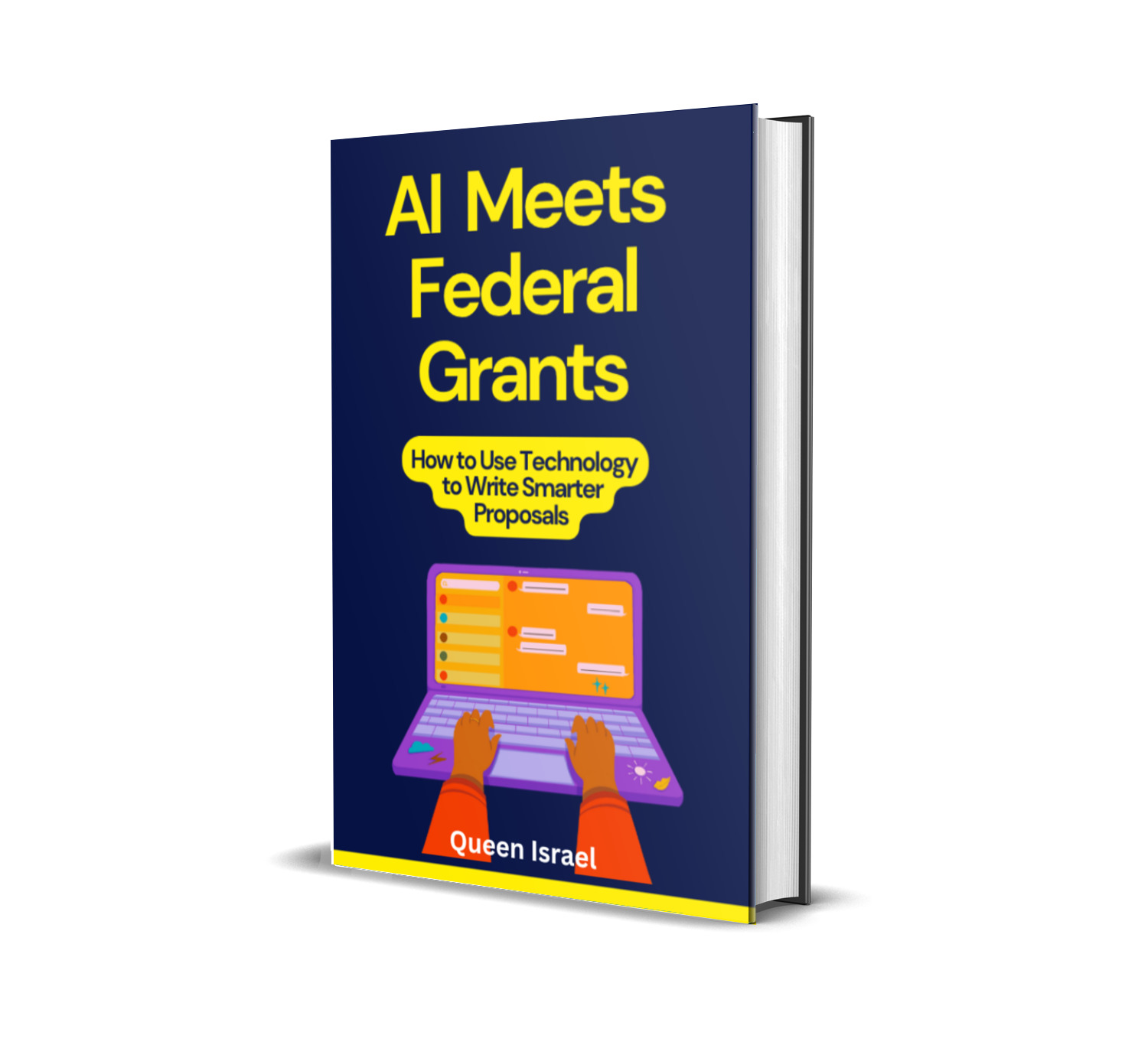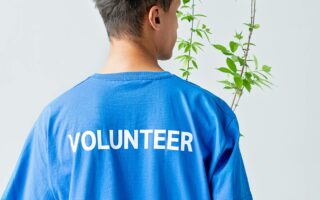Outdoor recreation grants provide essential financial support for various projects aimed at increasing access to nature, improving recreational facilities, and promoting outdoor activities.
These grants are particularly valuable for nonprofits, municipalities, educational institutions, and community groups working to expand or enhance public access to outdoor recreation.
Whether you’re planning a new trail, developing a community park, or organizing outdoor programs, outdoor recreation grants can provide the funding you need to bring your vision to life.
Why Are Outdoor Recreation Grants Important?
Outdoor recreation plays a crucial role in public health and well-being. From hiking and biking trails to nature preserves and recreational parks, access to outdoor spaces promotes physical activity, mental health, and environmental stewardship. The importance of these spaces has grown as communities seek to create healthier, more connected environments for people of all ages.
According to the Outdoor Industry Association, the outdoor recreation economy contributed over $788 billion to the U.S. economy in 2020, and employment in outdoor recreation grew by nearly 7% annually over the past decade1. These statistics highlight the vast potential of investments in outdoor projects that can generate significant economic and social returns.
The benefits of outdoor recreation grants extend beyond just providing access to nature. These grants help foster community engagement, support environmental conservation, and enhance local economies. For example, investing in outdoor recreation infrastructure can boost tourism, generate local employment, and attract new businesses, creating a positive ripple effect in the surrounding areas.
Key Sources of Outdoor Recreation Grants
When applying for outdoor recreation grants, it’s important to know where to look. There are several funding sources available, from federal and state programs to private foundations and corporate sponsorships. Some of the primary sources of outdoor recreation grants include:
- Federal Government Grants
- The Land and Water Conservation Fund (LWCF) is one of the most significant federal funding sources for outdoor recreation. Administered by the National Park Service (NPS), the LWCF offers grants to state and local governments to acquire and develop outdoor recreation areas and facilities. These grants focus on projects that preserve or enhance outdoor recreational spaces for public use. In recent fiscal years, the LWCF has provided billions in funding for thousands of projects nationwide 2.
- The Outdoor Recreation Legacy Partnership Program (ORLP) is another key initiative that provides funding to support parks and recreation areas in underserved communities. The program focuses on increasing access to outdoor recreation in low-income urban areas, with priorities aimed at eliminating disparities in access to nature.
- The National Recreational Trails Program (RTP) offers funding to develop and maintain recreational trails. This program, managed by the Federal Highway Administration (FHWA), supports both motorized and non-motorized trails, including those for hiking, biking, equestrian activities, and off-highway vehicles. RTP has funded over 60,000 miles of trails across the United States, benefiting millions of outdoor enthusiasts3.
- State-Level Programs: Many states have their own programs for supporting outdoor recreation projects. These programs often address local needs and priorities, making them highly relevant for community-specific projects. For example:
- California’s Outdoor Equity Grants support projects that increase outdoor access for underserved communities, particularly youth from low-income backgrounds. These grants often fund programs that offer guided nature walks, outdoor educational activities, and the development of outdoor spaces accessible to all.
- Florida’s Recreation Development Assistance Program (RDAP) provides grants to local governments and nonprofits for projects that develop or improve recreational facilities, such as sports complexes, parks, and nature trails. Florida has allocated millions in RDAP funding over the years, emphasizing community-driven projects that enhance quality of life and promote tourism4.
- Private Foundations: Numerous private foundations also fund outdoor recreation projects. These organizations often focus on specific regions, types of projects, or underserved communities. Some examples include:
- The Outdoor Foundation offers grants to support outdoor recreation activities that foster youth engagement and participation in nature. Their grants often cover programs like youth camps, outdoor education initiatives, and community adventure programs.
- The REI Co-op Foundation is another example of a corporate-backed foundation that provides funding for projects aimed at increasing access to outdoor recreation, particularly in urban areas. REI’s grant programs are known for supporting initiatives that lower barriers to outdoor participation and promote environmental stewardship.
- Corporate Sponsorships: Many companies in the outdoor recreation and tourism industries provide grants and sponsorships for initiatives that align with their corporate values. Companies like Patagonia, The North Face, and Cabela’s frequently support environmental conservation, outdoor access, and community engagement projects through grants and sponsorship opportunities. These corporate sponsors not only provide funding but often bring valuable expertise and resources to projects, enhancing their impact and sustainability.
Types of Projects Funded by Outdoor Recreation Grants
Outdoor recreation grants can support a wide variety of projects, from infrastructure improvements to educational programs. Some common types of projects funded by these grants include:
- Trail Development and Maintenance: Grants can help fund the construction or improvement of trails for hiking, biking, equestrian, and motorized use. This includes both new trails and the rehabilitation of existing ones. For instance, a community project might use grant funding to install proper signage, build protective barriers, and ensure trails are accessible year-round. These improvements not only enhance safety but also attract more users, fostering community health and recreation.
- Park and Recreation Area Development: Grants are often used to create new parks or enhance existing recreation areas. This could involve installing playground equipment, building sports facilities, creating picnic areas, or adding boat ramps. These improvements can make outdoor spaces more appealing and functional for a wider range of activities and participants.
- Youth Engagement and Education: Many outdoor recreation grants focus on programs that engage young people in outdoor activities and environmental education. These programs may include outdoor camps, youth hiking clubs, or outdoor classroom initiatives. By integrating educational components, these projects not only provide recreational opportunities but also teach valuable skills such as environmental stewardship, teamwork, and leadership.
- Conservation Projects: Funding is available for projects that preserve natural landscapes, protect wildlife habitats, and promote sustainable land management practices. Conservation-oriented grants often support efforts like invasive species removal, habitat restoration, and the creation of wildlife corridors. These activities help maintain biodiversity and ensure the sustainability of natural resources for future generations.
- Inclusive Recreation: Grants can also support projects that make outdoor spaces more accessible to people with disabilities. This may involve building wheelchair-accessible trails, ramps, or other accommodations that ensure everyone can enjoy outdoor recreation. Inclusive design benefits all community members and helps break down barriers to participation.
A Closer Look: Data and Impact of Outdoor Recreation Initiatives
Investments in outdoor recreation yield tangible benefits. A study by The Trust for Public Land found that every $1 million spent on parks creates approximately 11.1 jobs and generates $1.3 million in local economic output5. Moreover, communities with ample green space and recreational facilities tend to see lower crime rates, improved air quality, and better overall health outcomes.
These benefits underscore the importance of community involvement in planning and executing outdoor recreation projects. When residents are engaged in the process, projects are more likely to meet the actual needs of the community and garner widespread support.
Case Study: Revitalizing a Community Park
A successful example of utilizing an outdoor recreation grant was the revitalization of a community park in Colorado. The local government collaborated with nonprofits to secure a combination of LWCF and state-level funding, renovating playgrounds, adding nature trails, and developing community gardens.
The project not only enhanced the aesthetic appeal of the park but also increased park usage by 40% in the first year, according to park management reports6. This case study illustrates how strategic planning, combined funding sources, and community buy-in can lead to successful project outcomes.
How to Find and Apply for Outdoor Recreation Grants
Securing funding for outdoor recreation projects can be a competitive process. It’s important to carefully research available grants, understand the eligibility requirements, and submit a well-prepared application.
Here are some steps to help you find and apply for outdoor recreation grants:
- Research Available Grants
Start by identifying potential funding sources. You can search for grants through government websites, foundations, and grant portals like Grants.gov, Candid (formerly Foundation Center), or Instrumentl. These platforms allow you to filter grants based on location, project type, and funding amount. For example, using keyword searches like “outdoor recreation,” “community parks,” or “trail development” can help narrow down relevant opportunities. - Understand Eligibility Requirements
Carefully review the eligibility criteria for each grant. Some grants are limited to specific types of organizations (e.g., nonprofits, local governments) or geographic areas. Others may require matching funds or community support for the project. Ensuring you meet these criteria before investing time in the application process can save you effort and increase your success rate. - Prepare a Strong Proposal
A well-crafted proposal is essential for securing funding. Your proposal should clearly outline the project’s objectives, timeline, budget, and anticipated impact. Include detailed plans for how the grant funds will be used and explain how your project aligns with the goals of the funding source. Use simple, clear language, avoiding jargon, to make your proposal understandable to grant reviewers who may not be experts in your field. Demonstrating community involvement and support for your project can also strengthen your application. - Leverage Community Support
Grant reviewers often look for evidence that the project has the backing of the community it serves. Consider gathering letters of support from local organizations, elected officials, schools, or other stakeholders to strengthen your proposal. Hosting community meetings or surveys prior to applying can help gather insights that shape your project and provide data that underscores community need and enthusiasm. - Submit Your Application
Once your application is complete, double-check all the details to ensure that you’ve followed the guidelines and submitted the necessary documentation. Pay attention to deadlines and submit your application ahead of time to avoid any last-minute issues.
Key Tips for Securing Outdoor Recreation Grants
Navigating the grant writing process can be challenging, but with persistence and the right strategies, you can significantly increase your chance of success. Here are some powerful tips:
- Align with the Funders’ Goals: Make sure your project aligns with the mission and objectives of the funding source. Review the funder’s past grants and priorities to ensure your project is a good fit.
- Be Clear and Specific: A clear and concise proposal is crucial. Focus on how your project will address community needs and create tangible benefits. Highlight outcomes such as improved public health, environmental conservation, or economic growth.
- Engage the Community: Involve the community early in the planning process and gather support from local stakeholders. This engagement can provide valuable insights, additional resources, and letters of support that enhance your application’s credibility.
- Stay Organized: Keep track of all deadlines, required documents, and grant cycles. Create a grant calendar or use project management tools to manage multiple applications efficiently. Organization ensures you don’t miss critical opportunities.
- Follow Up: After submitting your application, don’t hesitate to follow up with the grantor to confirm receipt and ask for feedback. If you are awarded a grant, comply with reporting requirements and maintain clear communication with the funding agency.
Additional Strategies
- Attend Workshops and Webinars: Many organizations offer workshops and webinars on grant writing and outdoor project planning. These events can provide insider tips and allow you to network with experts.
- Peer Collaboration: Connect with other grant writers or organizations who have successfully secured funding. Learning from their experiences can provide valuable insights and practical advice.
- Use Templates and Tools: There are numerous grant writing templates and budgeting tools available online that can simplify the proposal creation process. These tools ensure that you include all necessary information and present it professionally.
The Power of Data in Grant Proposals
Incorporating data, statistics, and research findings into your proposal can significantly enhance its persuasiveness. Use reputable sources such as the U.S. Census Bureau, EPA, National Park Service, or local government reports to back up your statements. For instance, citing a study on the benefits of outdoor play for child development or statistics on local unemployment rates tied to a lack of recreational jobs can underscore the need for your project.
The Long-Term Impact of Outdoor Recreation Investments
The benefits of outdoor recreation projects funded by grants extend far beyond the initial improvements. Over time, these projects can lead to long-lasting changes in a community, including:
- Improved Public Health: Increased physical activity reduces healthcare costs and improves quality of life.
- Environmental Stewardship: Projects that include conservation elements educate the public on environmental issues and promote sustainable practices.
- Economic Growth: Well-designed recreation facilities attract tourists, which boosts local businesses and creates jobs.
- Social Cohesion: Shared outdoor spaces bring diverse community members together, fostering a sense of belonging and collective responsibility.
Conclusion
Outdoor recreation grants offer a powerful way to fund projects that improve access to nature and promote outdoor activities in communities.
Securing a grant can sometimes feel overwhelming, but remember, each application is a learning experience. The more you write, the better you’ll become at crafting compelling proposals that stand out to funders. Stay patient, persistent, and proactive in seeking out new opportunities.
Ready to enhance your grant writing skills further?
If you’re ready to start your grant writing journey or need help with your next grant proposal, don’t forget to subscribe to the Grant Writing Academy Newsletter. By subscribing, you’ll gain access to exclusive tips, strategies, templates, and tools designed to boost your success rates and help you secure the funding you need. Join our community of passionate grant writers and stay updated on the latest grant opportunities, expert advice, and insights that can make all the difference in your next application.
Subscribe now and take the next step toward mastering the art of grant writing for outdoor recreation projects!






